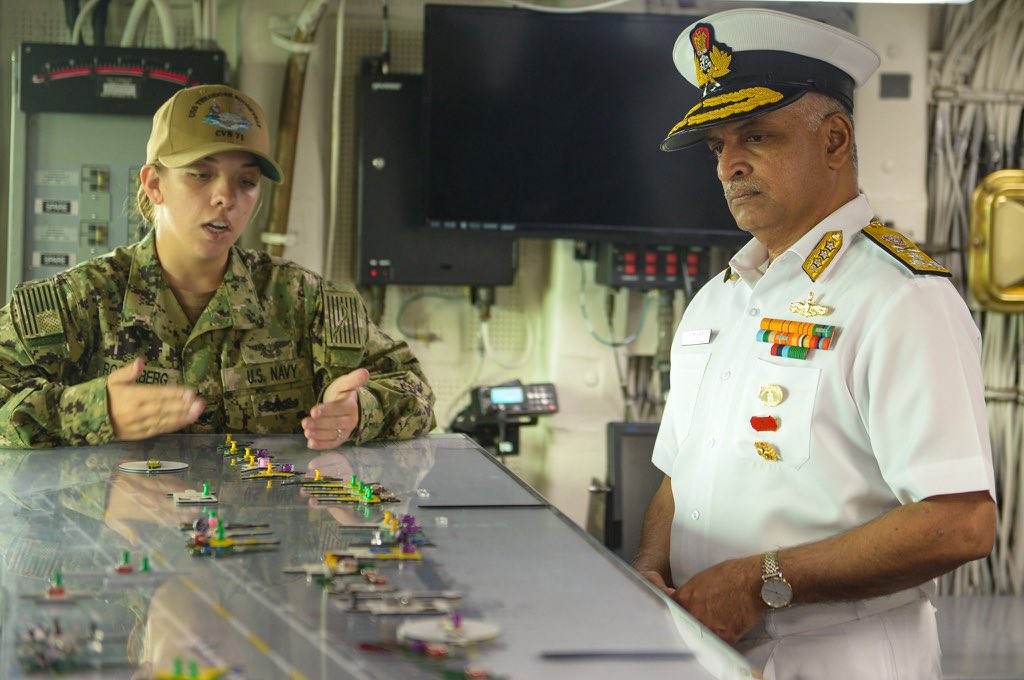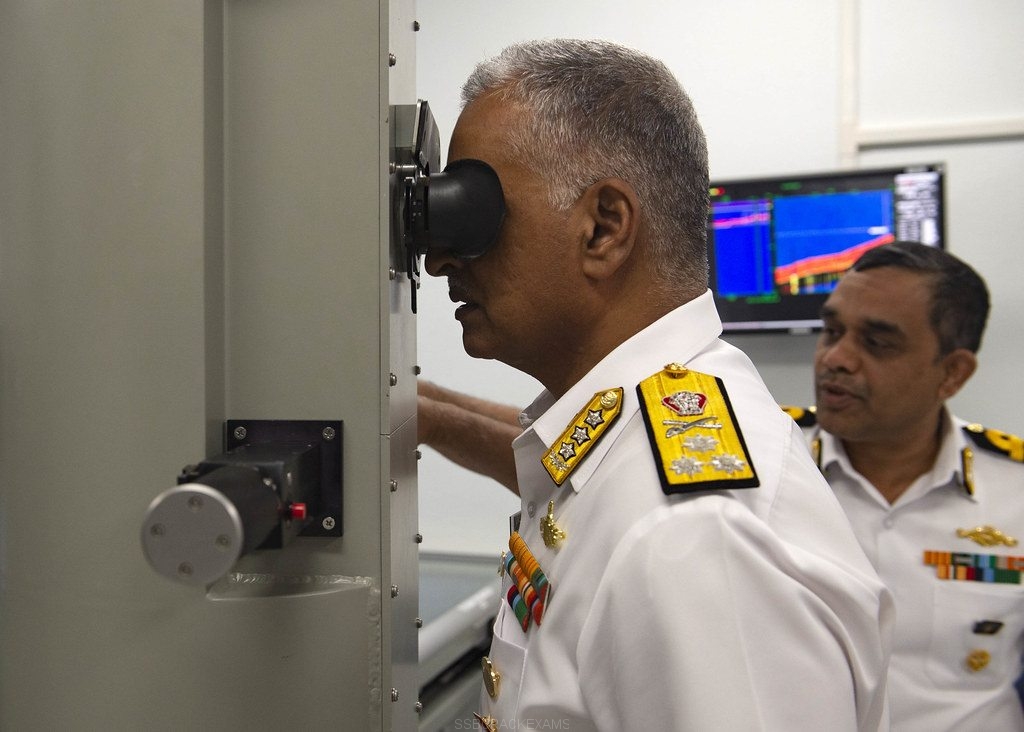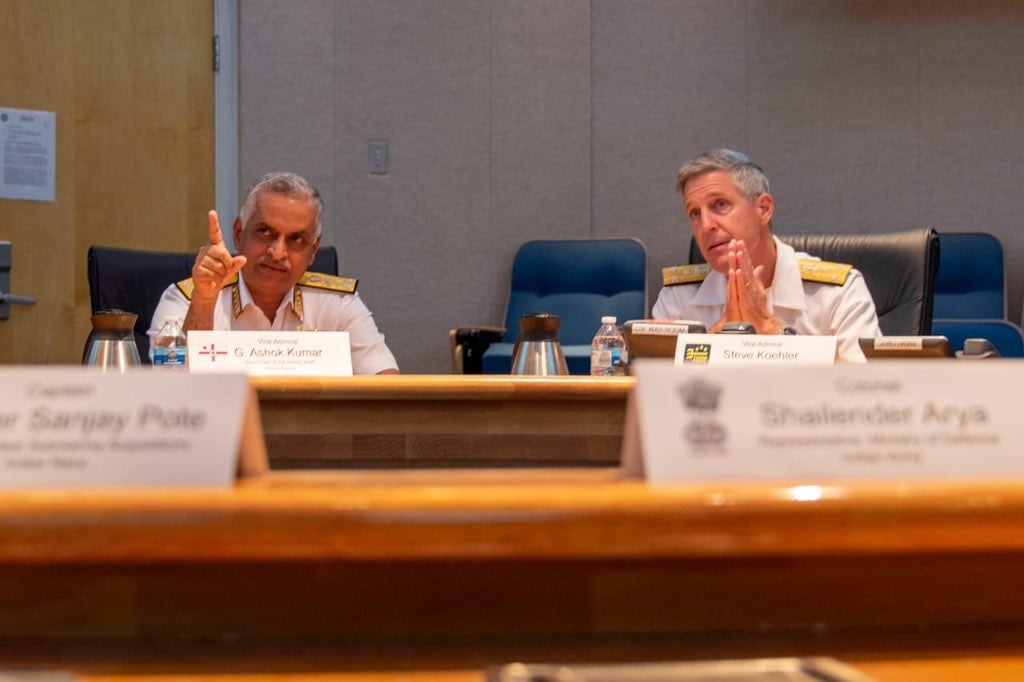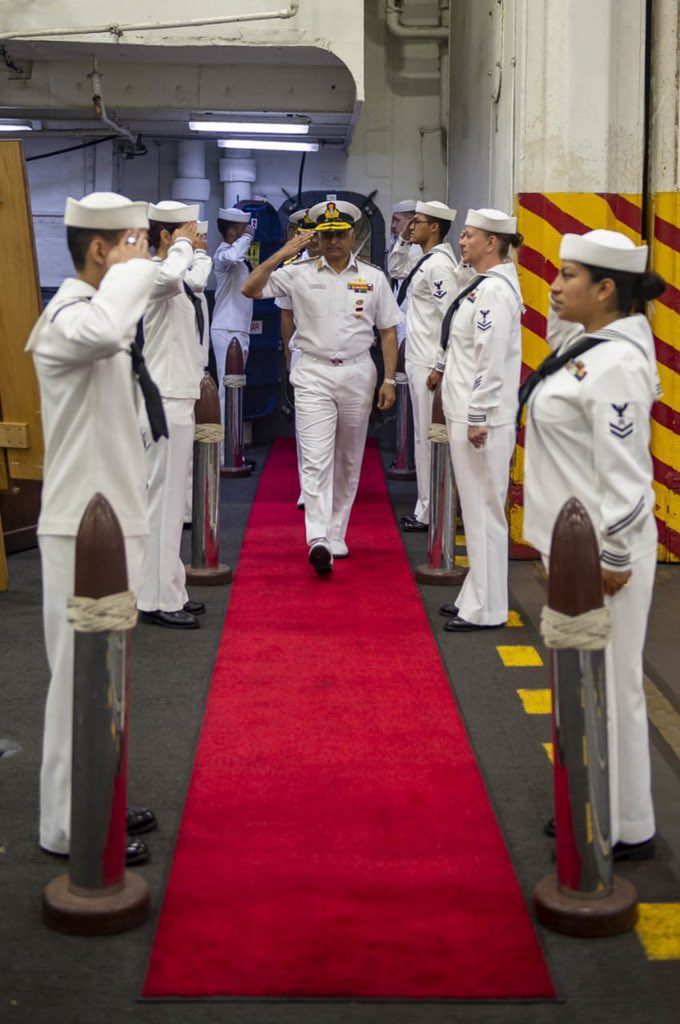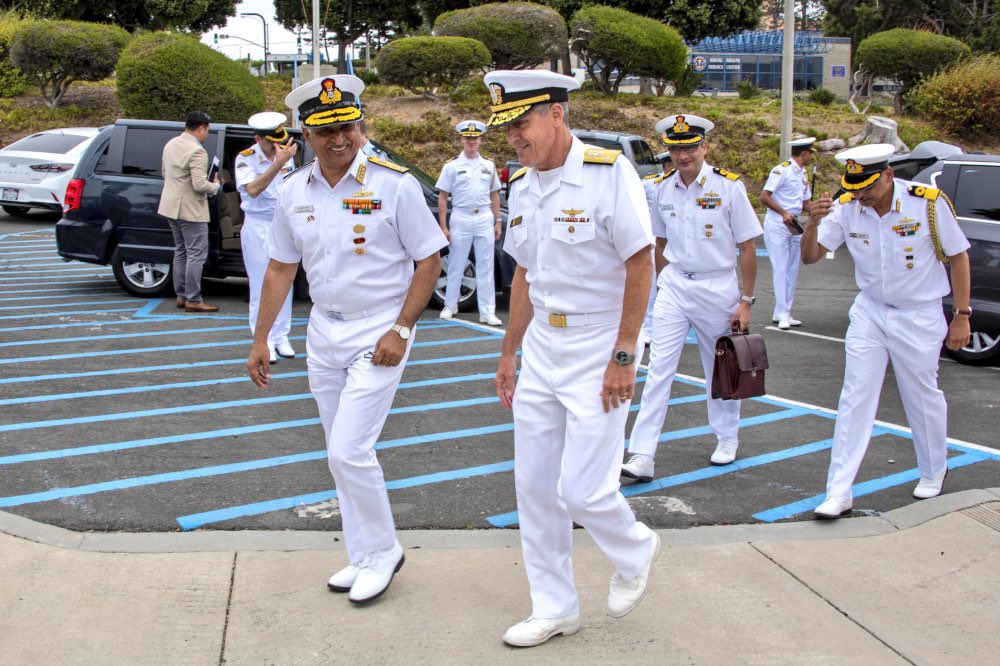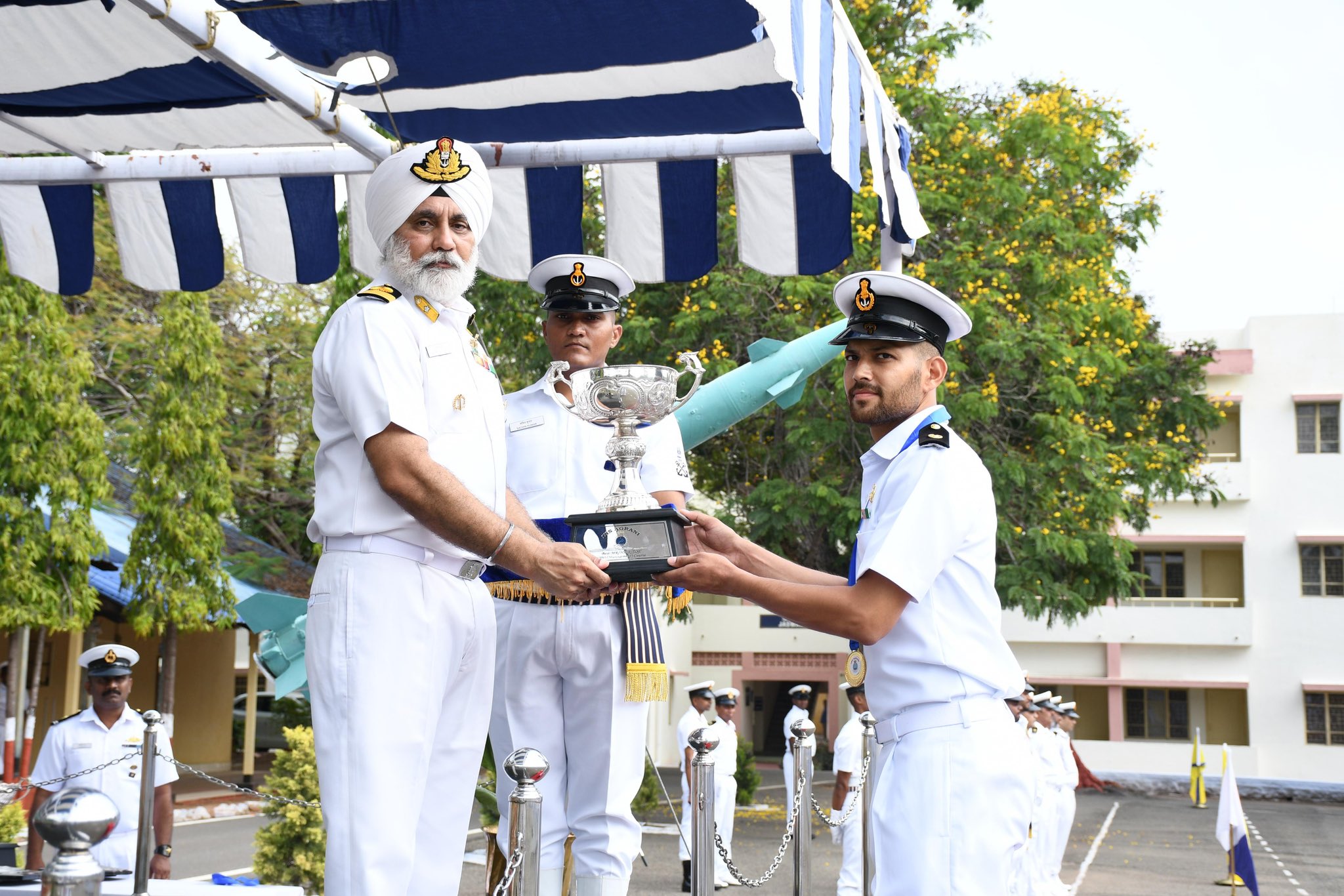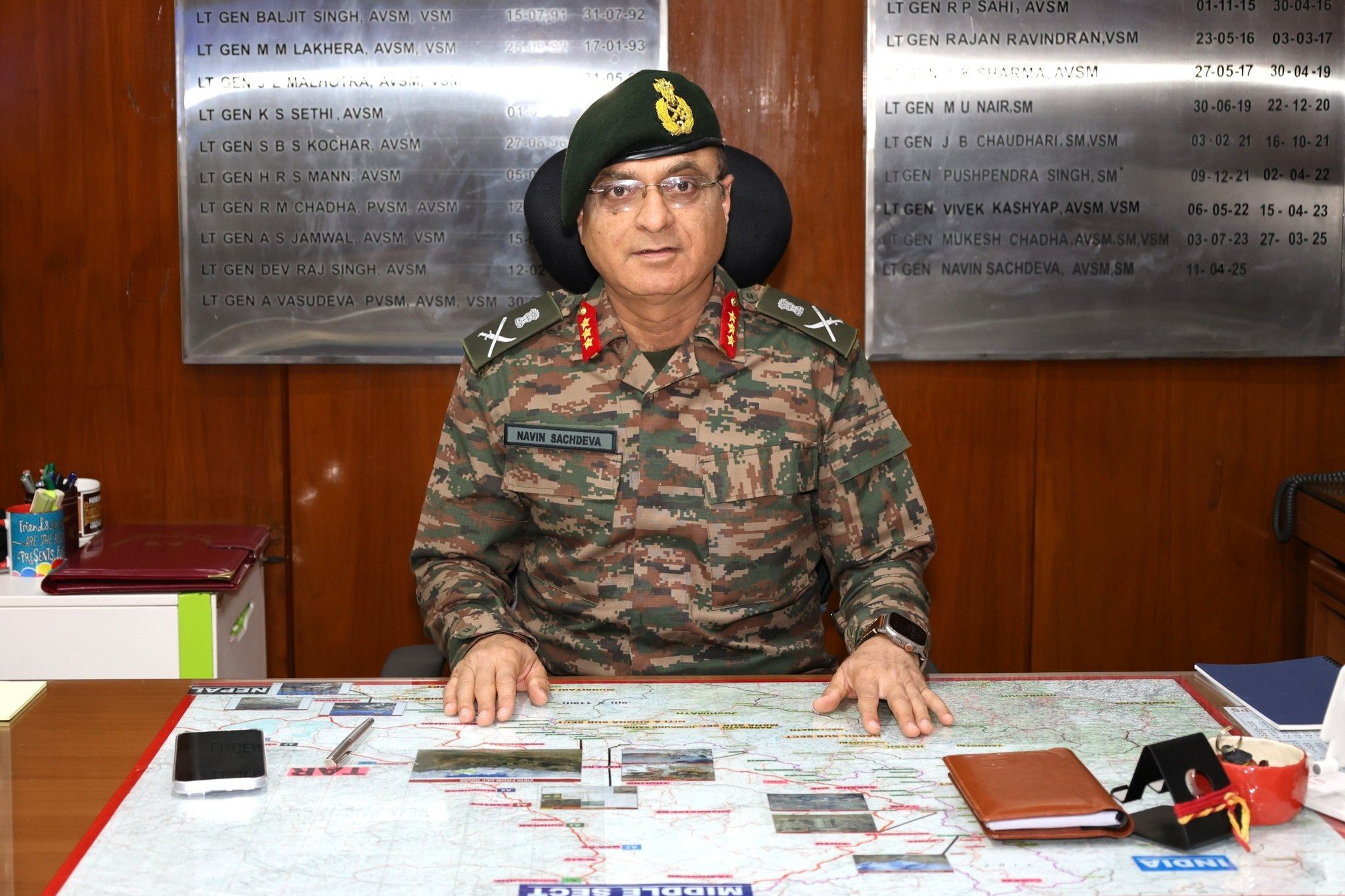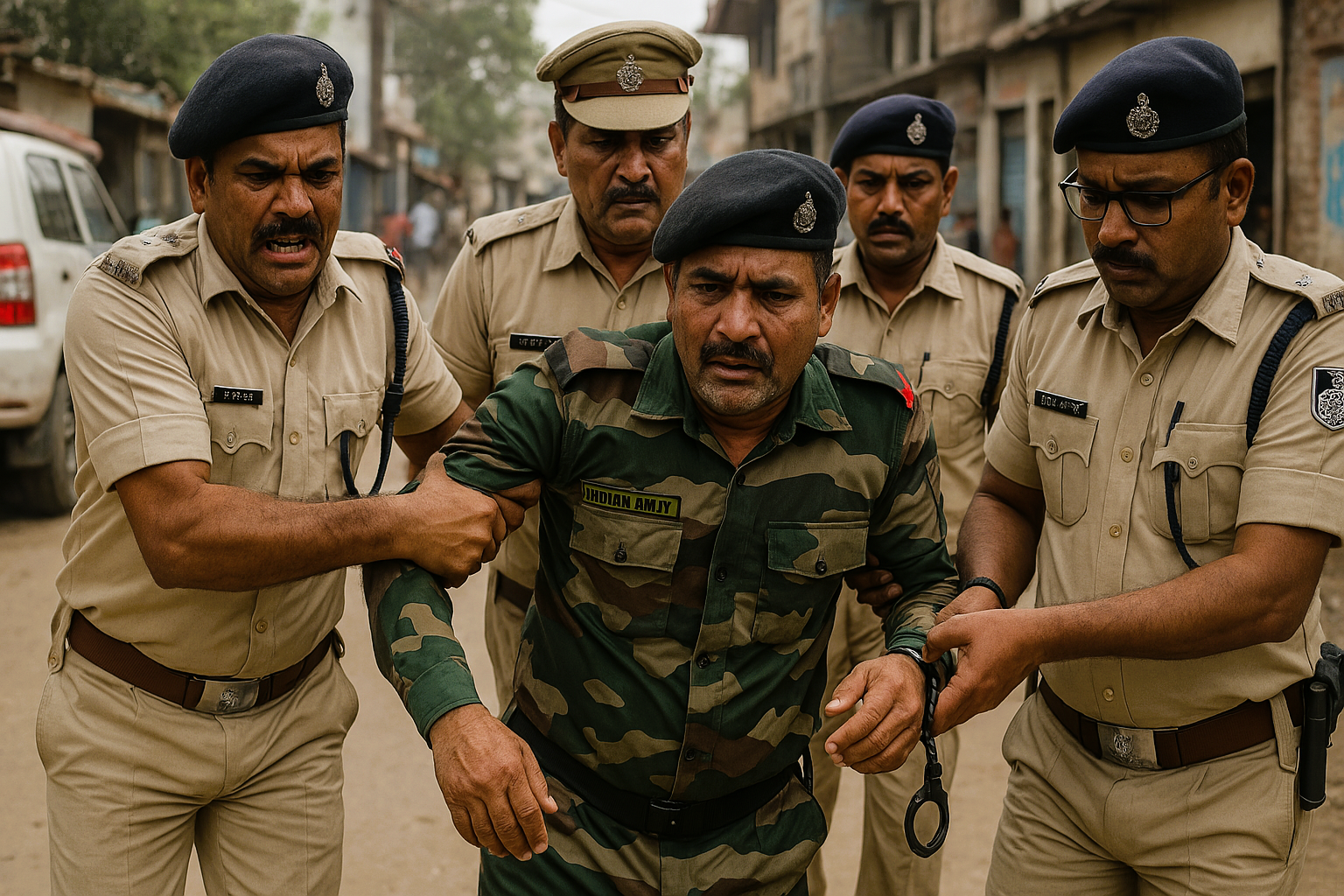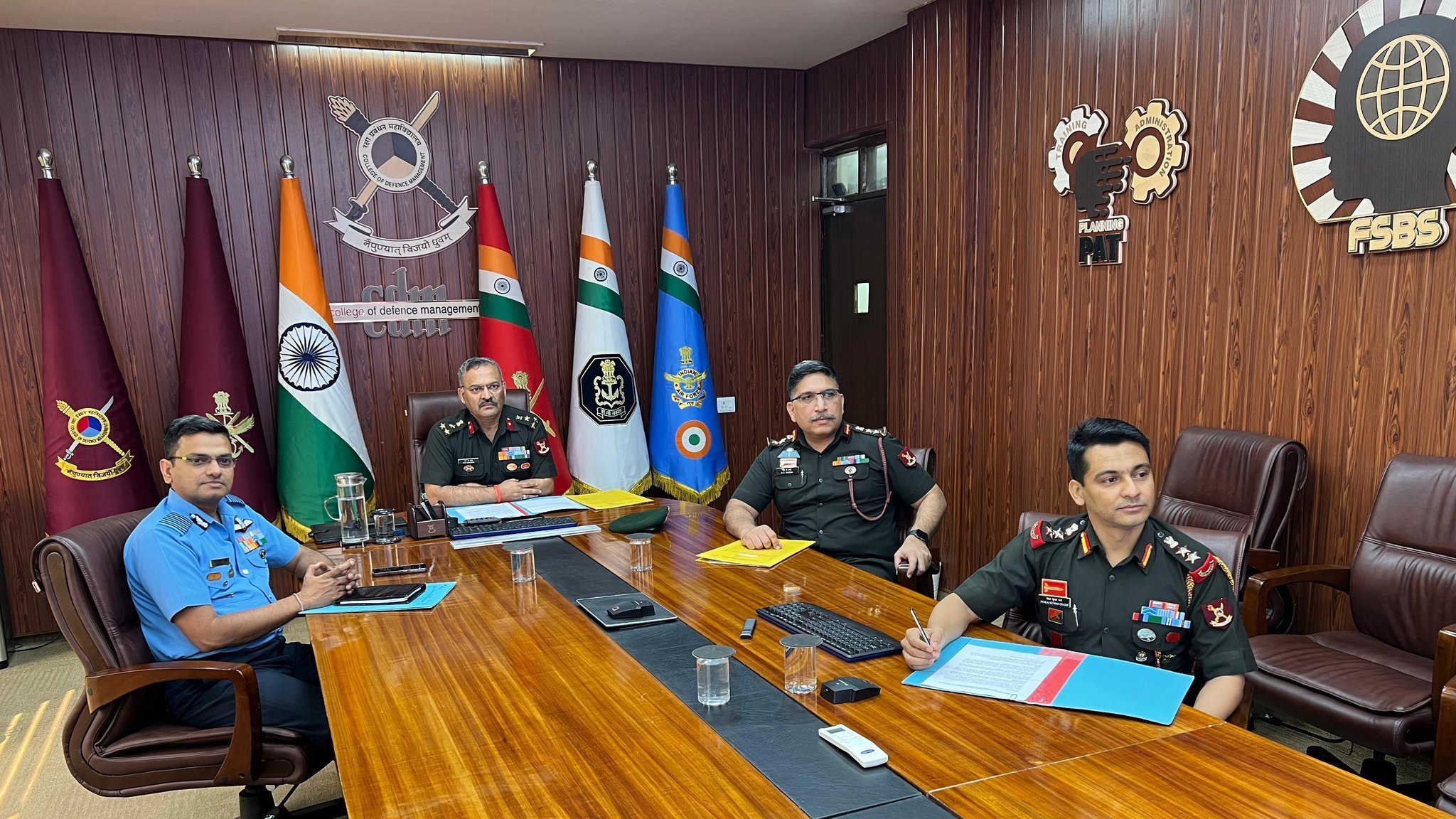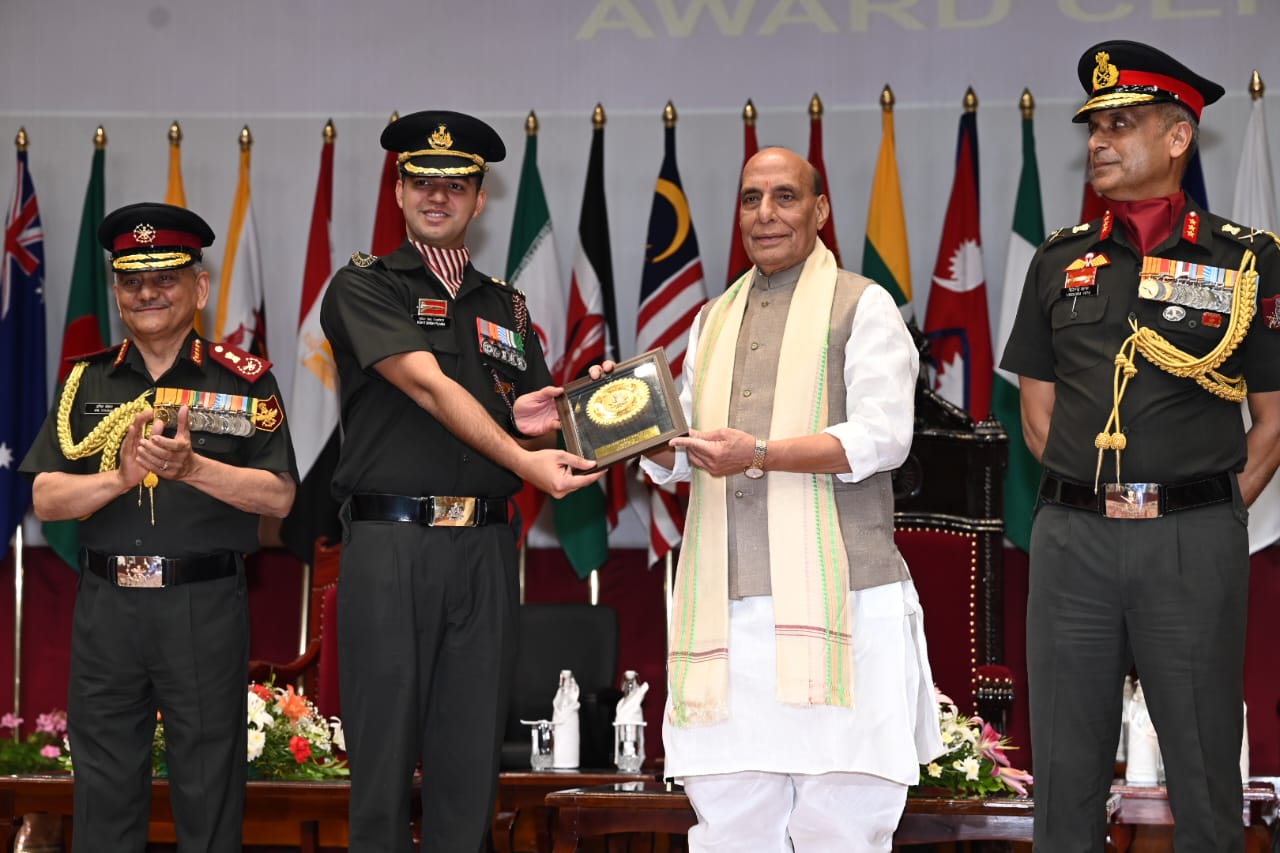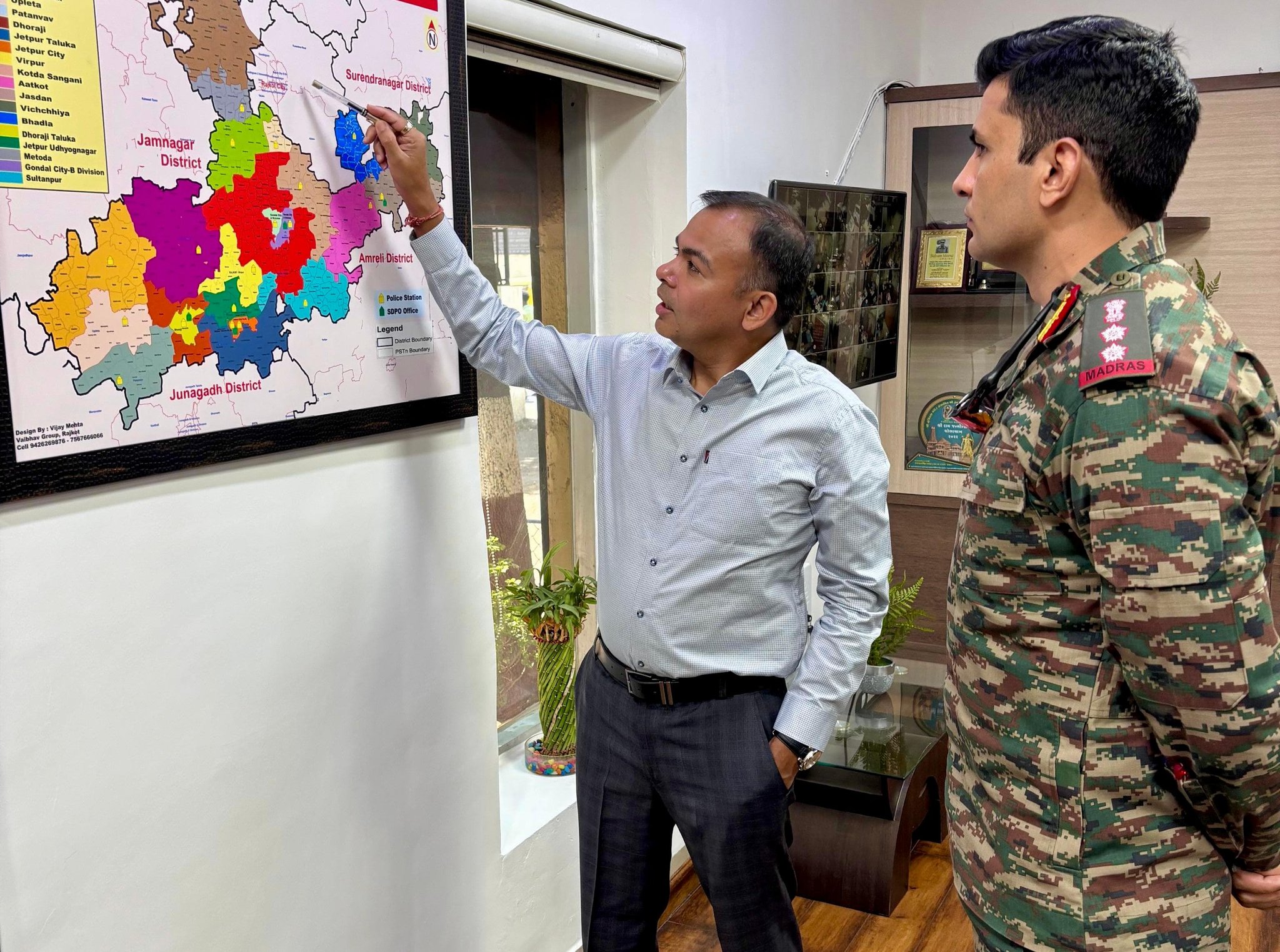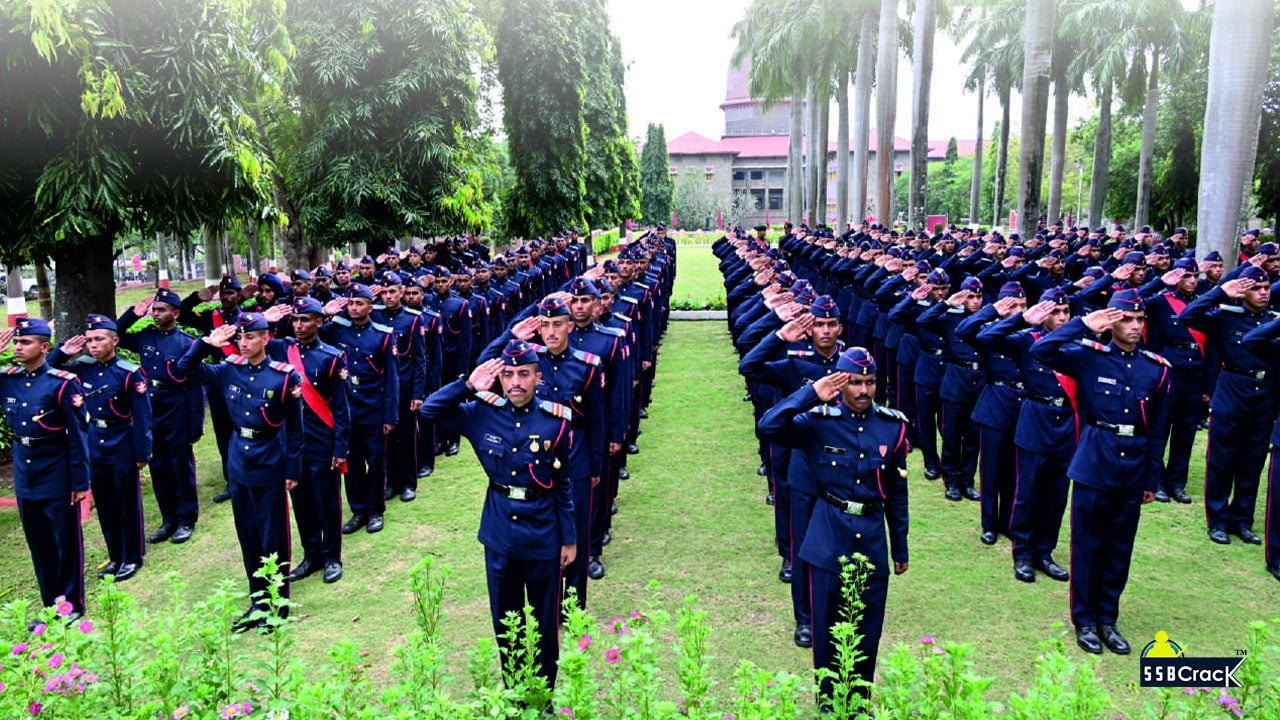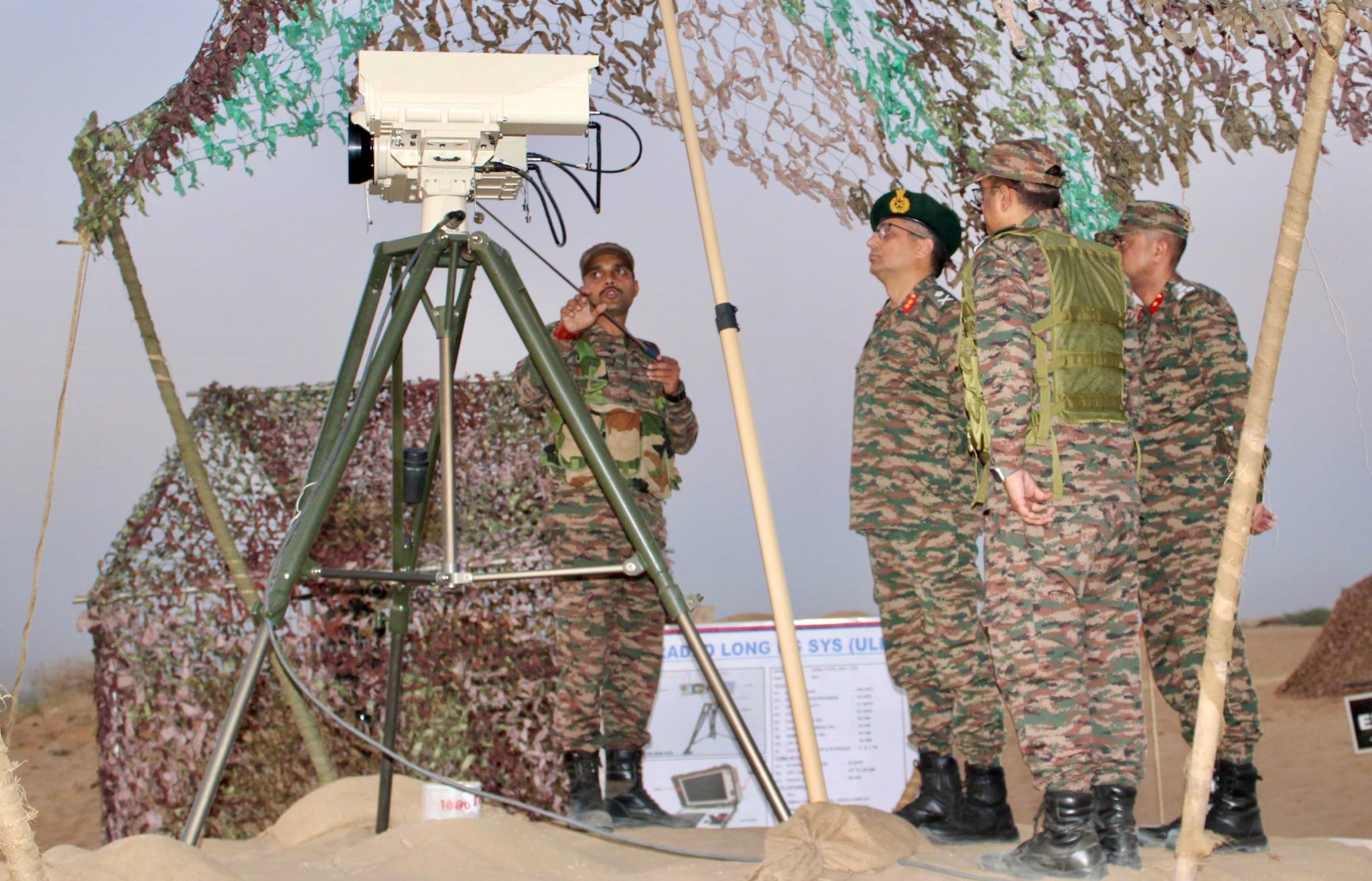Vice Adm. G. Ashok Kumar, Indian Navy Vice Chief of Naval Staff, met with Vice Adm. Steve Koehler, the commander of U.S. 3rd Fleet, during a visit to San Diego, June 28.
The purpose of the meeting, held at the invitation of Commander, U.S. Pacific Fleet, focused on U.S. and Indian Navy cooperation in the area of undersea domain awareness, and is part of a larger visit which included various stops throughout San Diego and the Pacific Northwest.
“The US-India strategic partnership is one of our most critical relationships in the Indo-Pacific,” said Koehler. “Open discussion of shared and complimentary capabilities not only strengthens our relationship, it increases our naval effectiveness as we work together to ensure a free and open Indo-Pacific.”
While in San Diego, Kumar visited Undersea Warfighting Development Center, Submarine Squadron 11, Undersea Rescue Command, Fleet Anti-Submarine Warfare Training Center, and the aircraft carrier USS Theodore Roosevelt (CVN 71).
SSB Interview Preparation Material [ 100% Recommended]
- Let’s Crack SSB Interview [Book]
- SSB Psychological Tests – Deep Dive [Book]
- OIR Test and PPDT [Book]
- Current Affairs [eBook]
- Defence GK [eBook]
In the Pacific Northwest, Kumar visited with elements of Submarine Development Squadron 5 and Commander, Undersea Surveillance.
The U.S. and Indian navies have been reinforcing their partnership in a shared desire to maintain a rules-based international order and will continue to work together with other partners and allies to demonstrate a collective commitment to a free and open Indo-Pacific.
An integral part of U.S. Pacific Fleet, U.S. 3rd Fleet operates naval forces in the Indo-Pacific in addition to providing realistic and relevant training across the full spectrum of military operations – from combat operations to humanitarian assistance and disaster relief. U.S. 3rd Fleet works in close coordination with other numbered Fleets to provide commanders with capable, ready forces to deploy forward and win in day-to-day competition, in crisis, and in conflict.
SOURCE: U.S. Navy Office of Information

